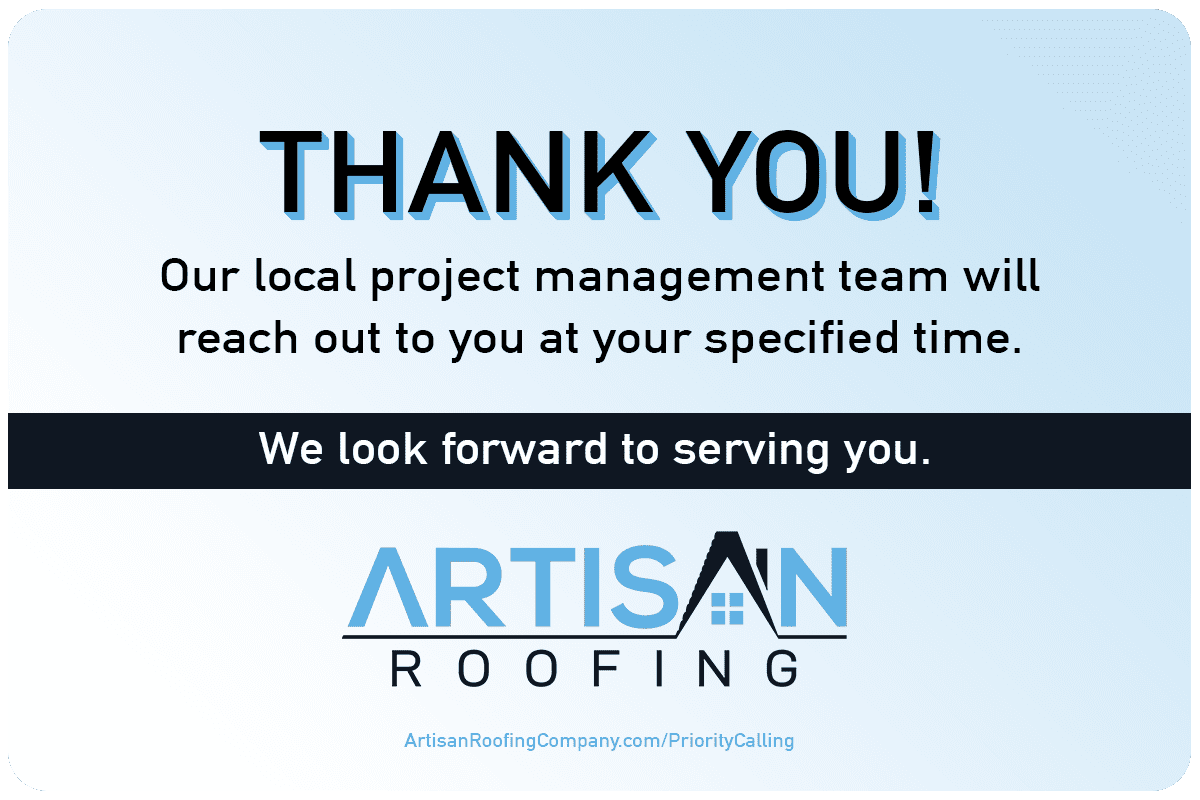Gutters may not be the most glamorous feature of your home, but they play a vital role in protecting it from water damage. Properly functioning gutters channel rainwater away from your roof, walls, and foundation, preventing problems like basement flooding, erosion, and mold growth. However, like any component of your home, gutters wear out over time. Knowing when to replace them is crucial to avoid costly repairs down the line.
Here’s a detailed guide on when to replace gutters and the warning signs to look out for.
1. Age of the Gutters
One of the most straightforward indicators that it’s time to replace your gutters is their age. Most gutters are designed to last around 20-30 years, depending on the material. Aluminum, one of the most common materials, typically lasts 20 years, while copper gutters can last 50 years or more. If your gutters are approaching or have surpassed their expected lifespan, it’s time to evaluate them carefully.
Even if your older gutters seem to be in decent condition, the wear and tear they’ve endured over the years may have weakened their structure. Older gutters may not be as effective in handling heavy rains or ice, making them susceptible to clogs, leaks, or sagging.
2. Visible Cracks and Splits
One of the most obvious signs that gutters need replacing is visible cracks or splits. Over time, even small cracks can grow and allow water to seep through, damaging your home’s fascia boards, siding, and foundation. If you notice multiple cracks, it’s a sign that your gutters are no longer able to handle water flow effectively.
Some homeowners may attempt to repair minor cracks with sealants, but this is only a temporary solution. If cracks are widespread or severe, it’s best to replace the entire system to avoid further water damage.
3. Rust or Peeling Paint
Another visual cue that your gutters need replacing is rust or peeling paint. While most modern gutters are rust-resistant, steel or iron gutters can corrode over time, especially if they have been exposed to standing water or moisture for extended periods. Rust weakens the metal, leading to leaks and structural damage.
Peeling paint on or around your gutters is also a warning sign. This often indicates that water is not draining properly, and moisture is causing the paint to blister and peel. If you notice rust or paint issues, it’s a clear indication that your gutters are nearing the end of their lifespan.
4. Sagging Gutters
Gutters should be properly aligned to ensure water flows toward the downspouts. If your gutters are sagging or pulling away from your home, it’s a sign that they’re overloaded or improperly installed. Sagging can occur when gutters are clogged with debris, but it can also result from wear and tear over time.
If you’ve cleaned your gutters and they still sag, the problem may lie in the fasteners or the gutters themselves. In such cases, replacing the gutters may be the best solution to prevent them from falling completely and causing damage.
5. Frequent Leaks
Small leaks can often be patched, but if you’re dealing with frequent leaks in multiple areas, it’s time to consider replacing your gutters. Leaks occur when the gutter seams wear down or when rust creates holes. Patching up leaks repeatedly can be a frustrating and temporary fix, and it’s better to invest in a new, leak-proof system.
Seamless gutters, made from a single continuous piece of material, are a popular replacement option because they eliminate the potential for leaks along seams.
6. Water Pooling Around the Foundation
A key function of gutters is to direct water away from your home’s foundation. If you notice water pooling near the base of your house, this is a serious issue that requires immediate attention. Pooling water can lead to foundation damage, basement leaks, and soil erosion. It could be a sign that your gutters are no longer doing their job and need replacing.
Before water causes costly structural damage, replace your gutters to ensure proper water drainage.
7. Mold or Mildew Growth
If you start to notice mold or mildew growth on your home’s exterior, it could be a sign that water is not draining correctly from your gutters. Mold thrives in damp environments, and clogged or malfunctioning gutters can cause water to seep into your walls, creating the perfect conditions for mold growth. Replacing your gutters will help prevent moisture buildup and the associated health risks from mold.
8. Landscape Erosion or Damage
Your gutters not only protect your home but also safeguard your landscaping. If you observe soil erosion, damaged flower beds, or puddles around your home’s exterior, it could be a sign that your gutters aren’t directing water away as they should. This can result in damage to plants, mulch, and other landscaping elements. Replacing your gutters can help you maintain a well-drained yard and protect your landscaping investment.
Conclusion
Replacing your gutters is an essential part of maintaining your home’s exterior. Don’t wait for extensive damage to occur before taking action. If you notice any of the above signs—whether it’s visible wear, sagging, frequent leaks, or water pooling near your foundation—it’s time to consult a professional and consider replacing your gutters. By addressing these issues early, you can avoid more significant damage and ensure your home remains protected from water damage for years to come.

